Pruner & Shear
SHEARS & PRUNERS
Trimming
Modifying your hedges
Garden is framed by hedges. The creative shapes of these living walls make them perfect for separating land or providing aesthetic accents. For hedges to stay healthy and dense, trimming is essential. This can be done manually or with the aid of electric or battery-powered hedge trimmers.
Pruning
Trees and bushes each have a unique personality, appearance, and character. They must fit with the designs you have in mind for your yard. With careful planning and routine maintenance, they will define the appearance of your landscape. Pruning, trimming, pruning, and sawing become a significant element of their development.
Spend a bit more time pruning your bushes and trees.
The health of the plants depends on the cutting or pruning of bushes or trees. Pruning enables plants to make better use of their energy. Different cutting tools, such as secateurs for flowers and thin branches and loppers and branch pruners for bushes and trees, might be useful depending on the branches that need to be trimmed.
Gardeners on balconies and terraces can use balcony secateurs to trim flowers, herbs, thin branches, and a variety of other things. Stainless steel makes up the blades. The shears contain a single-hand safety lock and two movable handle settings that can be adjusted to fit the appropriate cutting objects.
What Purposes Do Tree Pruners Serve?
For cutting high branches that standard loppers can’t reach, tree pruners are required.
There are numerous choices for tree trimming equipment: With the help of extensible tree saws, you may remove heavy, tall branches from the ground by using an aggressive saw blade at the end of an extending pole. The same advantage is provided by extendable tree pruners, but they only have a pruning blade at the end; the extendable pole saw & trimmer has both. Look to our Chain Drive Extendable Pole Saw for even quicker, simpler cuts. It has chain-drive gearing for up to three times the cutting power of a conventional tree trimmer and both cutting options are attached to the end.
With better comfort and control, our Lightweight Extendable Tree Pruner offers a less cumbersome solution. Our Low-profile Extendable Tree Pruner features a low-profile head that prevents tangling so you can reach into small spots with it. The Pruning Stik® Tree Pruner also boasts an extensible, rope-free design for two-handed handling that removes snags and tangles for adaptable cuts on both high and low branches without ladders, kneeling, or bending.
All of our tree pruners also come with spare saw and pruner blades.
Garden Shear Use – How To Use Shears In The Garden And When
Choosing the appropriate pair of garden shears is crucial while utilizing them. Unfortunately, choosing from the wide variety of shears available nowadays can be confusing, especially if you’re not sure which kind you actually need. What are garden shears, and how do you choose a set that will work for the task at hand? Here are a few useful hints: read on.
What are Garden Shears?
Generally speaking, branches and stems up to about 1/4 inch (2 cm) in diameter are chopped with garden shears. Avoid trying to cut through thicker branches with your garden shears since you run the risk of damaging the blades. (For that task, you require a different tool.)
Despite having a variety of models and sizes, there are only two fundamental sorts of garden shears. Depending on the type you have and the task at hand, you should know when to utilize shears.
Bypass shears have curved blades and function similarly to scissors. The lower blade of the shears functions somewhat like a hook, holding the branch in place to prevent it from moving, while the upper blade of the shears is sharp and slices the branch.
A flat lower blade and a sharp higher blade are the features of anvil shears. Branch cutting with anvil shears resembles using a knife on a cutting board.
How to Select and Use Garden Shears
Although shear type is mostly a matter of personal preference, bypass shears are the most popular choice among gardeners. This is why:
- Anvil shears often smash stems and branches, whereas bypass shears produce clean cuts.
- Bypass shears enable for closer cuts and are better for cramming into small spaces than anvil shears.
- Cut flowers or softer, more delicate branches using bypass shears to avoid damaging the delicate tissue.
Anvil shears, on the other hand, might be preferable for dried-out or dead limbs. For living growth, some gardening experts use bypass shears, while for dead growth, anvil shears. Others assert that they would never, ever use anvil pruners.
Once you’ve decided, invest in the best garden shears you can manage. Although they aren’t cheap, they may last for many years with the right maintenance.
Make sure the shears are comfortable by holding them in your hand and testing them out. There are shears for tiny hands and ergonomic shears available. Some businesses provide ambidextrous or left-handed garden shears.
Ensure that the shears can be easily disassembled for cleaning. If you have young children, especially, look for a pair with a lock or catch to keep the blades securely closed while not in use.
What Is A Hand Pruner: Gardening Hand Pruners Of Different Types
Describe the hand pruner. The variety of hand pruners available for gardening ranges from those made for left-handed users to those made for large, tiny, or weak hands. Hand pruners come in a variety of styles and include implements for pruning delicate blossoms, slicing heavier branches, and removing old, dead wood. It’s understandable that picking through the several varieties of hand pruners available might be overwhelming, but it’s crucial to pick the right instrument for the job. Also keep in mind that using the right hand pruners for gardening and knowing when to use them makes the job simpler and eliminates needless strain on your hands and wrists.
Understanding the Various Hand Pruner Types
The type of pruner and the object that has to be pruned will determine when to utilize hand pruners. Here is a quick list of typical gardening pruners.
When used properly, bypass pruners produce a precise, clean cut that shields live wood from harm. They work best for smaller branches with a diameter of less than 1/2 inch (1.5 cm).
Anvil pruners are excellent for cutting old, hard, or brittle deadwood, but they are less suitable for live wood due to the risk of damaging vital tissue on each side of the blade from the scissor-like action. Anvil pruners are useful for both cutting back or deadheading hardy perennials and for chopping branches into manageable pieces for disposal.
Similar to anvil pruners, ratchet pruners contain a mechanism that cuts the wood in sections. They are therefore a wonderful option for gardeners who do a lot of pruning or for people with small or arthritic hands. They also make the wrists less painful.
Loppers, also known as long-handled pruners, are usually used to cut away woody stems with a diameter of one inch (2.5 cm) or smaller. With the long handles, you can reach higher branches and have good leverage.
LOPPERS
What Purposes Do Loppers Serve? Almost all gardeners have a pair of hand pruners, often known as hand shears. It is the scissor-sized instrument used to remove tender sprouts, deadhead flowers, and trim thinner branches or stems. What purpose do loppers serve then? Loppers are large versions of pruners. Cutting a stem with a hand pruner could harm the lightweight instrument if it is thicker than a larger-sized pencil. Pruning heavier branches is much easier when using garden loppers because of their lengthy handles. You can reach farther as well.
Knowing when to use loppers can help you avoid wasting time, energy, and money on fresh hand pruners. For cutting woody stems with a diameter between 12 and 1 inch (1-2.5 cm), long-handled loppers work well.
You can gain significant leverage with little exertion by using garden loppers. On the other hand, the instrument is heavier than pruners and you’ll need two hands to make the cuts.
How Should I Use Loppers?
It takes some effort to use loppers effectively, but once you do, you’ll wonder how you ever got along without them. You should consider both the simplicity and accuracy of a cut when you learn how to use loppers. Determine exactly where you want the cut to be made before aligning the blade of the garden loppers with that spot for optimal results. Another helpful suggestion is to open the blade and insert the branch all the way before cutting. Your hands will quickly weary if you allow yourself to cut with the loppers, as you could with scissors. It’s time to cut once you’ve correctly positioned the lopper blade. In a fluid motion, wrap the loppers around the branch.
Types of Garden Loppers
There are various varieties of garden loppers available. Since garden loppers come in the same bypass and anvil varieties as pruners, identifying their types is fortunately not too difficult.
Bypass loppers are the most well-liked type of garden shears. These have a single blade that, like bypass pruners, cuts through a substantial base as the tool is closed. The latter are referred to as anvil loppers. A pair of anvil loppers’ blade makes contact with the fat lower base at the conclusion of the cut. Because of this, they are less accurate than bypass loppers but are simpler to use.
Pruning Tool Sterilization: How to Sterilize Pruning Tools
Pruning out the sick, damaged, or dead plant tissue is a good option when plants show signs of illness. On your pruners or other instruments, disease germs could however travel, potentially infecting the following plant you employ them on. In order to stop infections from spreading over the landscape, pruning equipment should be sterilized in between uses. For useful tips on sanitizing pruning equipment, continue reading.
Pruning out the sick, damaged, or dead plant tissue is a good option when plants show signs of illness. On your pruners or other instruments, disease germs could however travel, potentially infecting the following plant you employ them on. In order to stop infections from spreading over the landscape, pruning equipment should be sterilized in between uses. For useful tips on sanitizing pruning equipment, continue reading.
Do you need to clean garden tools? is a common query among gardeners. Garden tools should be maintained tidy and routinely cleaned in order to ensure optimal function, avoid rust, and lessen the spread of plant diseases. Gardening tools need to be cleaned of soil, sap, and other debris after each use. Pruners should not be rinsed or washed frequently to stop the spread of numerous plant diseases. We advise routine sterilizing of pruning tools because of this.
Pruning tools are often cleaned by dipping, soaking, spraying, or wiping the cutting edges with a disinfectant that is known to eradicate pathogens that cause plant diseases. Certain plant diseases are more resistant to some disinfectants than others. Some disinfectants may eliminate plant infections, but they can also be toxic for the user and detrimental to the instruments.
When Should Garden Tools Be Cleaned?
Sterilize any pruning implements you have used if a plant exhibits any disease symptoms or symptoms of disease. Orchard gardeners frequently carry a pail that is only partially full with disinfection so they can dip or soak pruning instruments between cuttings or plants. This bucket method allows you to carry all your tools with ease while also preventing the transmission of disease among the shrubs or trees you are pruning.
Even though some garden tool stores provide specialist sanitizers, the majority of gardeners and growers sterilize their pruning tools with everyday household goods. The most popular disinfectants for sterilizing pruning tools are listed below, along with some advantages and disadvantages of each.
As a sanitizer for gardening tools, bleach is relatively affordable. It is combined with 1 part bleach and 9 parts water. The instruments, or at the very least their blades, are submerged in bleach water for thirty minutes, washed, and then hung to dry. When pruning cherished plants, some conscientious gardeners even wash their pruner blades in water and bleach in between each cut. The drawback of bleach is that it emits toxic fumes and eventually corrodes the metal, rubber, and plastic of various instruments. Additionally, it can harm surfaces like textiles.
Using 70–100% isopropyl alcohol to disinfect pruning tools is also a cheap option. There is no need to mix, soak, or rinse with alcohol. Isopropyl alcohol can be used to wipe, spray, or dip tools for instant effectiveness against the majority of infections. It can be combustible and emits unpleasant, dangerous smells, though. However, the majority of specialists advise using isopropyl alcohol to sterilize garden tools.
Pruning tools can occasionally be sterilized with household cleaners like Listerine, Lysol, and Pine Sol. Although they are a little more expensive than rubbing alcohol or bleach, they are typically diluted for use in sterilizing pruning tools. Many gardening professionals advise using these common home items to sterilize pruning tools, although their usefulness against plant infections has not been scientifically proven. Gardening equipment can be corroded by some home cleansers.
Pine oil is both inexpensive and non-corrosive. Sadly, it is ineffective against a lot of plant pathogens. Tools are immersed in a solution made of one part pine oil and three parts water for 30 minutes.
Whatever sterilizing product you decide to use, make sure to adhere to the safety instructions on the label.
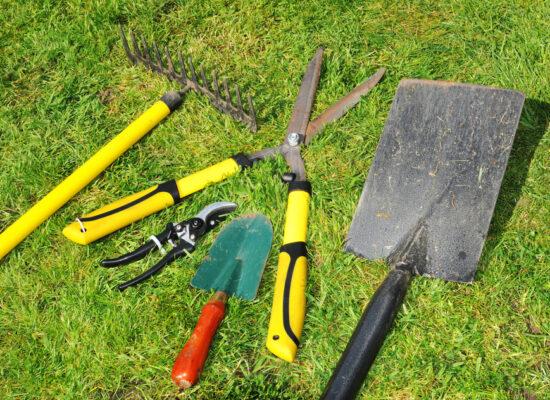
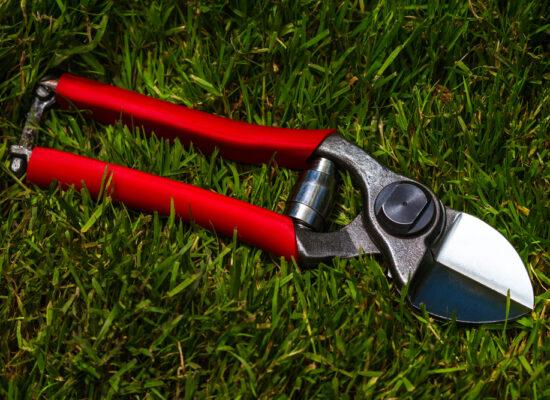
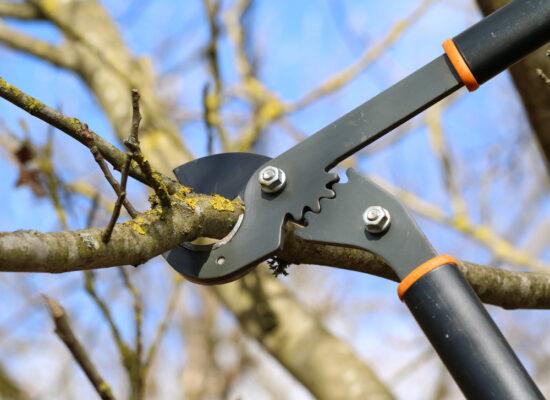
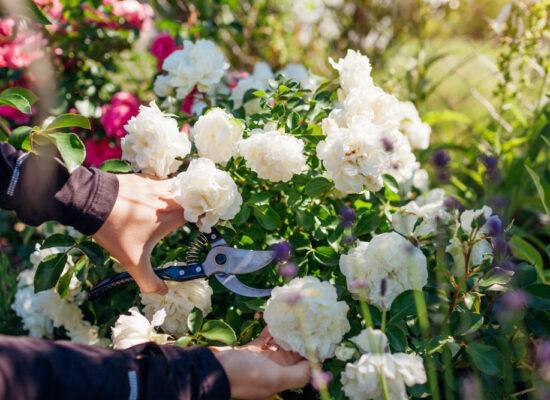
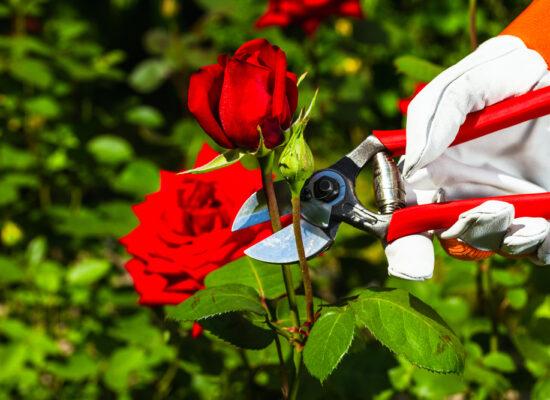
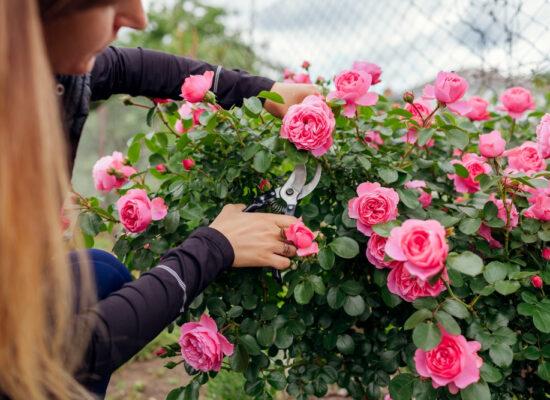
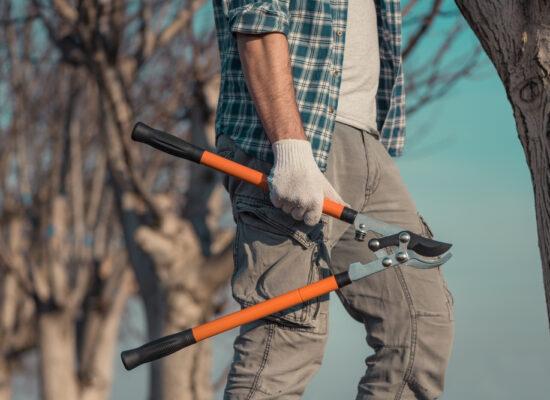
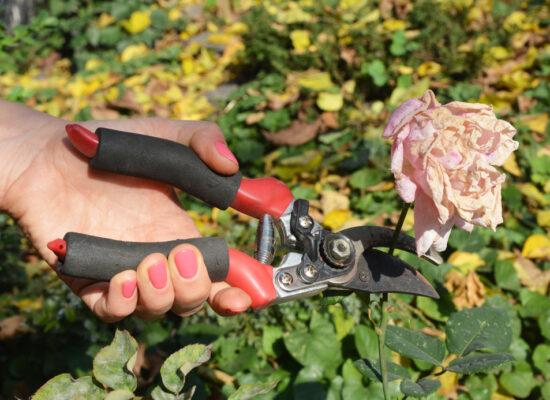
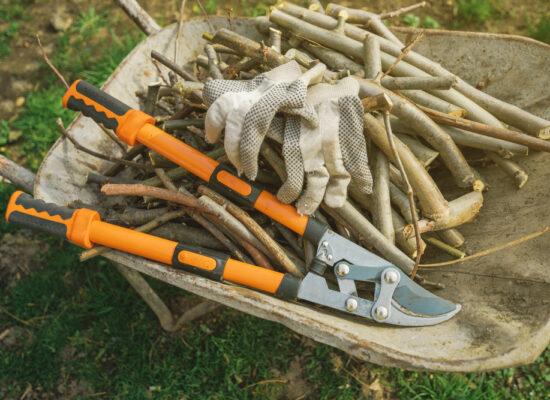
© Arbemu. All rights reserved